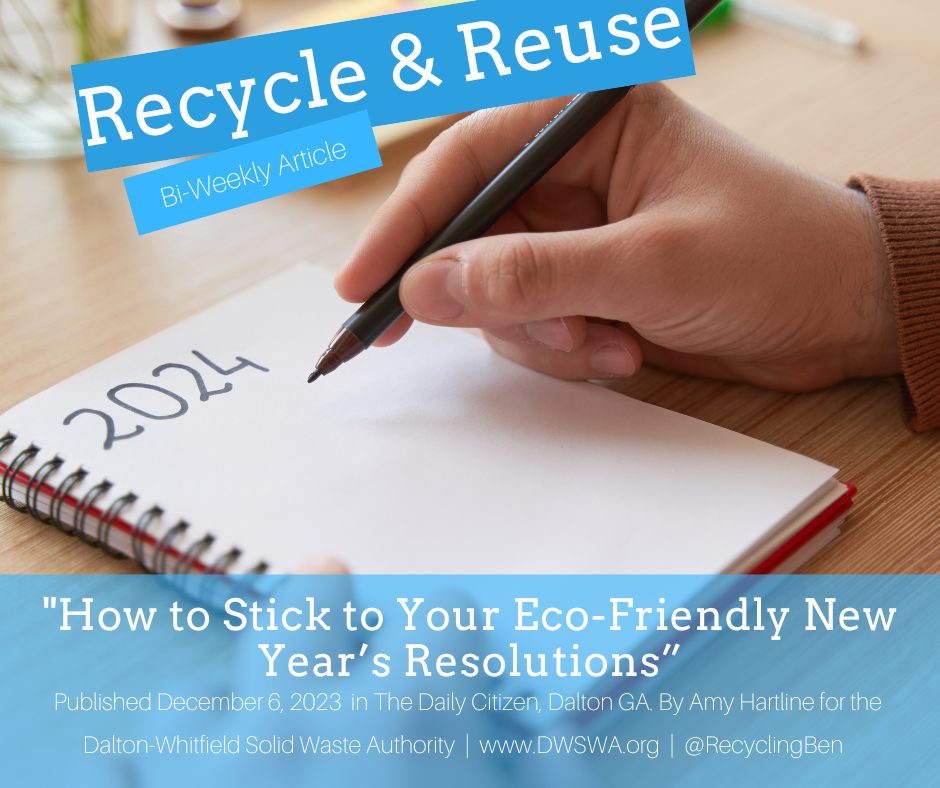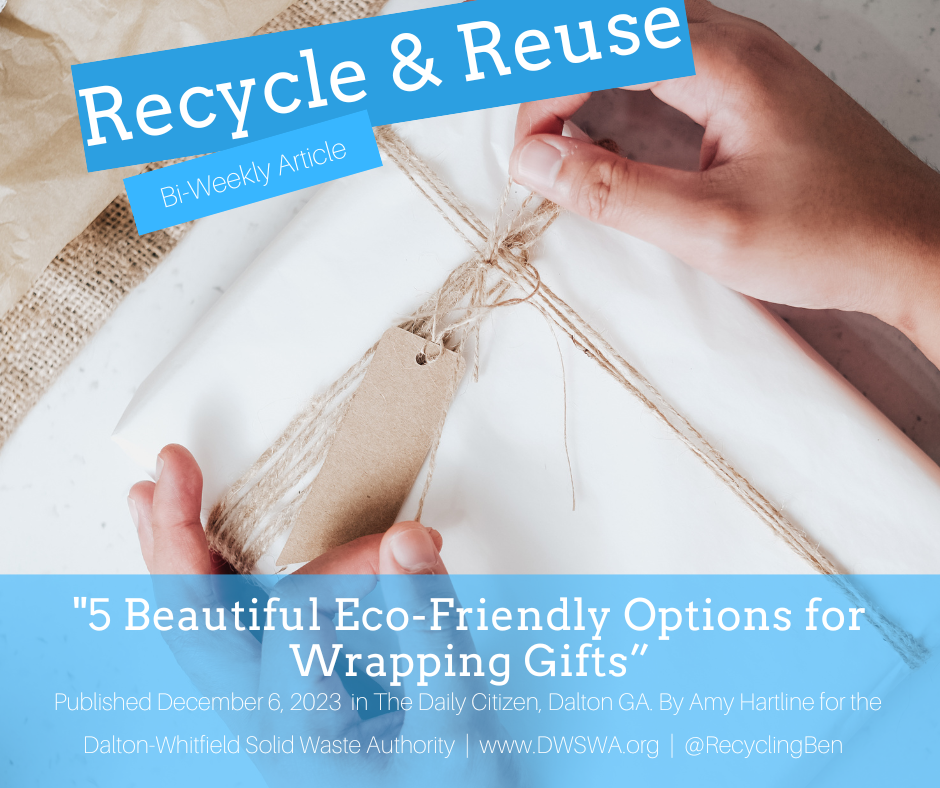Tiny Homes for Fairies (and Nature’s Friends)
/
This little house for fairies, and nature’s friends, placed at the foot of a tree along a walking trail in the forest was made with natural materials. The strawberry themed cottage is located at the Chattahoochee Nature Center in Roswell, Georgia.
As you walk thru the trails at the Chattahoochee Nature Center in Roswell, especially during spring, you may spot a tiny house at the base of a tree slightly hidden from view. Only those with good observation skills and an active imagination may realize that the twigs shaped like a bird’s nest tucked by an exposed tree root are actually tiny homes for the wee fairy folk who care for all of the trees and animals in the forest.
Perhaps you’ll see sitting by the front door the small acorn caps fairies use as baskets to carry tiny flowers and pieces of herbs. As stoop to take a closer look you may find sea shells converted into comfortable chairs, small twigs assembled into fairy sized beds or even pine cone pieces arranged in a line like shingles on a roof. Fairy houses, ideally, are made with the most natural materials possible, which helps them blend into the environment.
Besides, according to author Renee Simmons Raney, fairies are severely allergic to glitter. In her book, Hairy, Scary, but Mostly Merry Fairies! Curing Nature Deficiency through Folklore, Imagination, and Creative Activities, Raney shares some of the magical stories of her youth when she befriended several fairies on her grandparent’s farm. She also makes the important connection of using our imaginations outdoors by spotting fairies and engaging in nature play.
In the guidebook, Nature Play and Learning Places: Creating and managing places where children engage with nature by Robin C. Moore, the Natural Learning Initiative, and the National Wildlife Federation, Nature Play is defined as “a learning process, engaging children in working together, to develop physical skills, to exercise their imaginations, to stimulate poetic expression, to begin to understand the workings of the world around them.”
For an activity to be considered nature play it needs to allow a child to play and learn by manipulating natural elements in the environment while using their sensory, fine motor and gross motor skills. Building tiny homes for fairies with natural materials, moving rocks in a stream to see what happens to the water, or inventing stories and dramas inspired by the materials available all contribute to self-directed active play.
Humans have a hardwired need to connect with nature. The more high-tech our lives become, the more we need to have a meaningful connection to nature. And that’s where building your very own fairy house comes in. Raney says, “The simple challenge of creating a home for a fairy gives children a unique activity that encourages them to go outside and connect with the natural world, nurturing care and respect for the environment.”
Raney explains that building a fairy house begins by imagining that you’re the size of an index finger as you choose the outdoor space where the house will be placed. The area should be close to the ground and away from busy, loud, or high traffic areas. The homes are places for fairies to rest and recharge their magic and socialize with their friends like lady bugs, dragon flies, ants, and bees.
Once you find the perfect spot gather natural materials from that area to build the tiny house including twigs, pine cones, seed pods, leaves, pebbles, found feathers, tree bark, flowers, and dry grasses. For more variety, you can add other decorations, like small toys, or miniature doll house furniture. However, the houses will be left outdoors so it’s best to use only natural materials like soft moss, sea shells, clay pots, cotton twine, wooden popsicle sticks, and non-toxic adhesives.
The house itself can be built to resemble a simple lean-to shelter, a teepee, gazebo, or a full house with multiple floors. You’re only limited by your imagination. After construction and installation of the tiny house, you’ll need to leave it alone for several days to allow fairies time to check it out and make sure it’s safe. Upon your return, you may find that the house has been visited by the fairies’ friends and things are out of place as if someone very small did spend the night.
For more sprinkles of magic, check out one of the following books: Fairy Houses: How to Create Whimsical Homes for Fairy Folk by Sally J. Smith, Fairy Houses of the Maine Coast by Maureen Heffernan, Fairy Houses All Year: A Four-Season Handbook by Liza Gardener Walsh; Fairy House: How to Make Amazing Fairy Furniture, Miniatures, and More from Natural Materials by Debbie Schramer, and the children’s story book Fairy Houses by Tracy Kane.
































